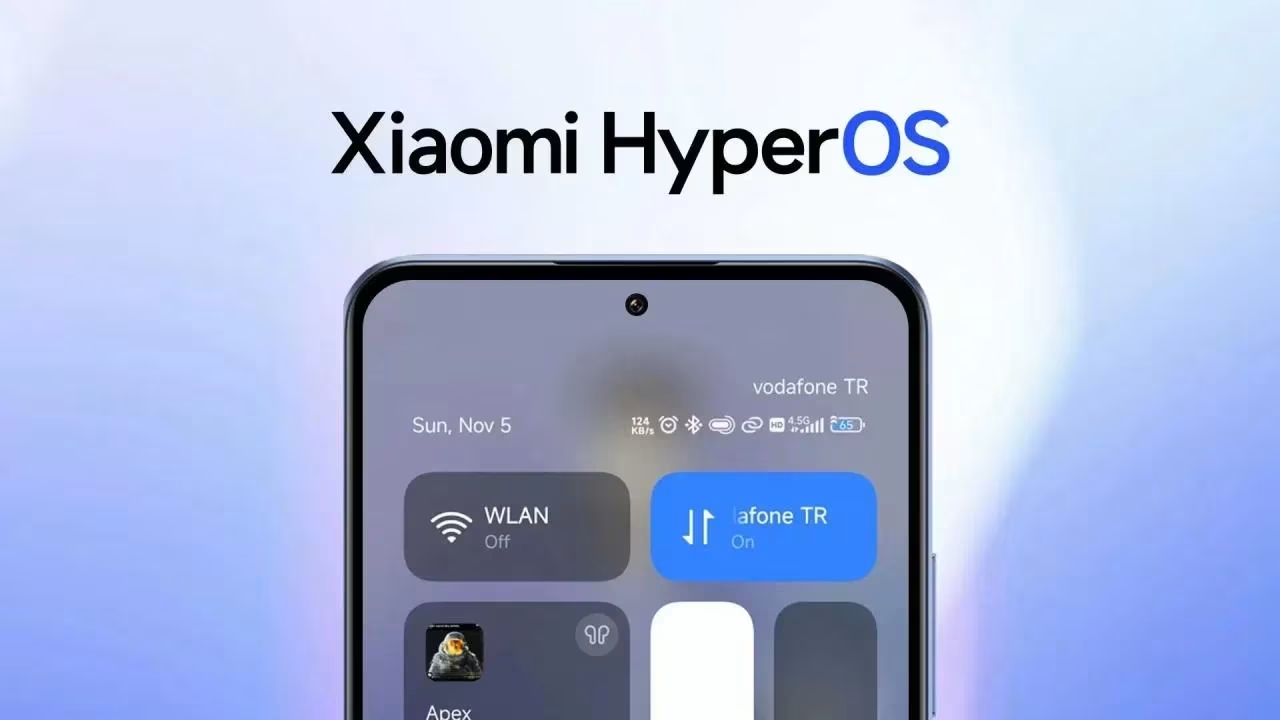Xiaomi Pivots to HyperOS 3, Android 16 at Core of Next-Gen OS
Xiaomi is making some significant moves in its software strategy, and the tech world is buzzing. The company is reportedly full steam ahead on the next iteration of its Android-based operating system, which we're hearing could be named either HyperOS 3 or, perhaps less likely but still on the table, HyperOS 26. What's clear, though, is that Xiaomi has officially ceased development on HyperOS 2, signaling a decisive pivot towards this new, more advanced platform. This isn't just a minor update; it's a foundational shift, with the underlying Android 16 integration promising a substantial leap in performance and user experience.
This news, which has been making rounds across reputable tech outlets like Gizmochina, NotebookCheck.net, and GSMArena over the past 24-48 hours, confirms what many industry watchers suspected. Xiaomi isn't just iterating; they're evolving their entire software ecosystem. And honestly, it's about time we saw a firm direction after some of the earlier HyperOS iterations.
The Big Shift: HyperOS 2's End and HyperOS 3's Beginning
It's official: HyperOS 2 is no more. Xiaomi has pulled the plug on its development, redirecting all resources and focus squarely onto HyperOS 3. This isn't a quiet retirement; it's a strategic declaration. For a company as large and globally impactful as Xiaomi, such a definitive move speaks volumes about their confidence in the new direction.
This kind of decisive action is pretty typical in the fast-paced world of mobile OS development. You can't afford to spread your resources too thin, especially when you're aiming for a cohesive, high-performance user experience across a vast array of devices. So, while some might lament the short lifespan of HyperOS 2, it's a necessary step to ensure the next version is truly polished and capable. It’s like clearing the deck for a bigger, better ship, you know?
Under the Hood: Android 16 and Core Enhancements
Perhaps the most exciting aspect of this transition is the confirmation that HyperOS 3 will be built upon Android 16. This is a huge deal. Basing their new OS on the very latest Android version means Xiaomi devices will benefit from all the core performance improvements, security enhancements, and new features that Google has baked into Android 16. We're talking about potentially smoother animations, better battery management, and enhanced privacy controls right out of the gate.
Device Lifecycle and Strategic Implications
This shift to HyperOS 3 also brings with it some inevitable changes for existing devices. NotebookCheck.net reported that Xiaomi has listed nine phones that are reaching their end-of-life as part of this transition. This isn't surprising, but it's a stark reminder of the lifecycle of tech products. As new OS versions demand more processing power and newer hardware capabilities, older models sometimes get left behind.
From a strategic standpoint, this move allows Xiaomi to focus its engineering efforts on optimizing HyperOS 3 for its newer, more capable hardware. This prioritization is crucial for maintaining a competitive edge in markets like China, India, and Europe, where the smartphone landscape is incredibly fierce. By ensuring their latest devices run the most advanced, optimized software, Xiaomi aims to deliver a superior user experience, which, let's be honest, is what keeps customers coming back. It also helps streamline their support efforts, which can be a real headache with too many legacy devices.
Community Buzz and Expert Outlook
The tech community, particularly on platforms like X (formerly Twitter), is buzzing with excitement and speculation. Users are dissecting every leaked animation and discussing potential features, eager to see what HyperOS 3 will bring. There's a palpable sense of anticipation, which is always a good sign for a major software release.
Tech analysts across various platforms are largely echoing this sentiment, emphasizing the strategic importance of this pivot. They view Xiaomi's commitment to Android 16 and the focused development on HyperOS 3 as a smart move that could significantly enhance the brand's position in the global smartphone market. The potential for improved performance and a more unified user experience across Xiaomi's diverse product portfolio — from phones to IoT devices — is a recurring theme in their analysis. It's not just about a phone OS anymore; it's about a connected ecosystem, and HyperOS 3 seems poised to be its central nervous system. This unification could be a game-changer for Xiaomi.
What to Watch For Next
The immediate future will likely involve more detailed announcements from Xiaomi regarding the specific features of HyperOS 3, a clearer rollout schedule, and perhaps a definitive confirmation on the naming convention (HyperOS 3 or 26). We'll also be watching closely to see how quickly the remaining known issues are resolved and how smoothly the initial wave of updates rolls out to eligible devices. The transition to Android 16 is a big undertaking, and its successful implementation will be key to HyperOS 3's reception. This is a critical period for Xiaomi, and how they execute this launch will tell us a lot about their long-term software vision.
